The new lensmaker Irix came onto the scene a couple of years ago with the announcement of a beautifully designed 15mm prime lens available in two different build/trim levels. This has become Irix’s unique approach to marketing their lenses, offering up two “trim levels” much like an automaker might. The Firefly versions of their lenses have the same optical formula, but rely on a more traditional engineered plastics housing with a feature or two missing compared to the premium build. The higher end build is the “Blackstone”, which I am reviewing here. The Blackstone 15mm (and later, 11mm) lens has a build grade more similar to a Zeiss lens than your typical commercial grade build. In some ways the “Blackstone” design most resembles a “Classic” Zeiss finish, with a semi-glass anodized metal finish that looks fantastic. Irix upped the ante by adding a robust weather sealing to the design. What’s interesting is that when I reviewed a similar lens from Zeiss – the Distagon 15mm f/2.8 – it cost nearly $3000 USD. The Irix 15mm f/2.4 (even in the upscale Blackstone trim), costs only $675. Like the Zeiss, however, it is a manual focus lens with an electronically controlled aperture iris.
The combination of value and quality is definitely interesting and has helped Irix get at least some limited exposure. I was intrigued (I’m always glad to see new lens makers come onto the scene), but was involved in other projects at the time and so the lens went in and out of my radar. I’ve gotten periodic requests from my audience to review the lens, but had never gotten around to it. When Irix reached out to me, however, I was definitely open to reviewing this intriguing lens, which purports to offer an excellent build along with great image quality at a reasonable price. Read on to join me in discovering if the Irix Blackstone 15mm f/2.4 lives up to its billing.
Check me out on: Google+: | Facebook: | Twitter: | Flickr: | 500px: | Sign Up for My Newsletter :
Prefer to Watch Your Reviews? My full video review can be seen below.
Irix Blackstone 15mm Build and Design
First, a little about Irix. Irix is a Swiss lens designer whose lenses are manufactured in Korea. My contact with the company has been with someone based in Poland, so this is truly a multi-national company.
But what really stands out to me in this whole company is the unique degree of innovation I’m seeing. A company like Voigtländer has been making lenses since 1756, so this isn’t exactly a brand-new industry, and, while companies are always improving the optics, coatings, and operation of their lenses, most of them pretty much do the same things. It’s rare that I see new features actually make it into lenses. Irix has definitely got some flare, however, along with a few genuinely useful features I haven’t seen elsewhere. First of all, Irix wins major style points for the way that their lenses are presented, from the fancy metal tin to the very cool molded hard case for the lens. I particularly like the case because the compact, molded nature of it means that it takes up much less room in a bag and will be more likely to come along. Check out this video to really get a closer look at what I’m talking about:
One aspect that I will touch on but hope to delve into further when I review the Irix 11mm f/4 is that Irix has recognized that the challenge with wide-angle lenses is often when it comes to using filters. Filters give you creative choices when using a wide angle lens. You can use a polarizer to either reduce or even enhance reflections or to create richer color. Neutral Density (ND) filters give you creative control over exposure and are essentially required to do long exposure work in most lighting conditions. Irix has thought this through and given photographers options with the Blackstone 15mm. First of all, it actually has a 95mm filter thread up front (like the Zeiss Distagon 15mm), so you can use traditional filters. 95mm filters are expensive, yes, but Irix has actually created their own line of filters (Edge) that are reasonable and yet look pretty good. This includes both screw-on filters and also a square filter holder and square filters that allow you to use graduated filters. While square filters are more cumbersome, graduated ND filters are some of the best tools there are for landscape photographers.
If you want to go lower profile, however, Irix has wisely elected to also include a gel filter holder in the design. This allows you to insert small gel filters in the holder built into the lens near the lens mount. These gel filters are incredibly inexpensive (you can get the full set of 15 variations for less than ten Euros!) This is very clever, because it gives buyers a compelling reason to choose this lens over a competing one.
Another clever feature that is designed around accommodating filters is a little window built into the lens hood that gives you access to a circular polarizing filter (which needs to be rotated to the proper position to provide maximum benefit). You can easily rotate the filter by reaching a finger through and using the knurled edge of the filter to rotate it forwards or backward. It’s more convenient than reaching around the front of the lens hood and rotating the filter, particularly since there isn’t much room between the filter and the interior of the lens hood.
Also smart is the front lens cap, which is actually beveled inward along the front edge. This makes the front cap easier to pinch with the lens hood attached and also makes it store in your pocket a little easier. The plastics in the front and rear cap feel a little thin and flimsy, but the pinch action on the front cap does work fine. I like the way that the Irix logo is displayed on the front cap.
As previously mentioned, the shell of the Blackstone 15mm is made of a premium aluminum-magnesium alloy. It has a anodized metal finish that resists fingerprints and scratches (and actually seems to work!) It’s a very attractive lens – all shiny and sleek. The lens is moderately sized at 114mm (Diameter) x 100mm (Length), or 4.49” x 3.94”. Due to the all-metal-and-glass construction, the lens is fairly dense at 685g (1.51lbs), though that weight is still quite moderate.
The next unique element on the lens (one I’ve never personally seen on a manual focus lens before) is the inclusion of a clutch/tension ring that allows you to lock the focus ring at any particular focus point. Rotating the ring to the left engages the lock, while rotating the ring to the right loosens it back up. This might be useful if you wanted to make sure that focus didn’t shift from a critical point while, say, carrying the lens in a bag or mounted to a camera on a strap or harness. I didn’t personally use it during my review period, but that was primarily due to something I really, really liked.
Most manual focus lenses allow you to focus past infinity. People ask me what that means, as it does seem illogical. What it means is that you can actually focus to a place where, essentially, nothing is in focus. You can pass infinity focus and begin to actually defocus the lens, almost like eyeglasses that are too strong and actually diminish vision. “Why would they do that?”, you might ask, and the reason is because of thermal expansion. How hot or cold the lens is can actually slightly shift the tolerances, and if you left no “play” at the end of the focal range, you might actually be unable to achieve infinity focus under certain conditions.
Fair enough, but the problem is that most of the time people are shooting in more moderate conditions where that extra travel in the focus ring past infinity just ends up messing up their images. Irix has implemented an extremely clever solution to this problem. The Blackstone 15mm has, like all manual focus lenses, a mechanical hard stop at the “infinity” end of the focal range (you cannot focus any farther). But before that, where normal (for more environmental conditions) infinity is calibrated, there is actually a mild detent that you can easily feel when focusing even if you aren’t looking at the lens (it is also marked in the same UV fluorescent paint as all the other distance markings). Under normal conditions all you need to do is focus to that infinity detent and you have perfect infinity focus, which actually works absurdly well for about 90% of the situations I used the lens in). It means that you honestly don’t have to think much about focus at all, only using focus when you need to focus on a closer subject (or, in extreme weather, to focus beyond that point to infinity). The detent is just firm enough to easily hold that position, which is the reason why I didn’t use the lock ring. Most of the time where I wanted focus was exactly on that infinity detent. While I’ll deal with astrophotography a little later in the review, I will note that this detent was perfect for shooting the night sky, and this feature alone was enough to make really enjoy the lens for that kind of work. Sometimes the hardest part of astro work is nailing focus.
In real world shooting, this was my favorite thing about the Blackstone 15mm. It gave me great confidence that when I was shooting with the lens prefocused to that infinity detent and stopped down to f/5.6 or f/8, I was getting essentially perfectly focused results every time. Kudos to Irix for finding a better way to handle this problem.
The focus ring itself looks beautiful, with tight metal ribbing that provides endless amounts of grip. I wasn’t a huge fan of the focus action, however, that had a slightly gritty feeling when making larger focus changes. It lacks the perfectly damped, smooth feel of the better Zeiss or Voigtländer lenses, and I felt the damping was a bit heavy (which also somewhat eliminates the need for the locking clutch). The actual amount of focus throw/travel was excellent, however, allowing for precision at all focus distances. Distances markings are clearly legible in that special paint, and hyperfocal guides are included for f/8, f/11, and f/16 (f/22 is the smallest aperture available).
A small knurled ring near the lens mount allows for both a nice texture variation (cosmetically appealing) and also provides a natural place to grip the lens when mounting/unmounting it. All of this is very good design. The lens is just as handsome as the Zeiss Distagon 15mm f/2.8, which is to say very nice indeed.
A badge near the lens mount touts Irix’s proprietary “Neutrino Coatings” (everybody’s got their own special coatings). We’ll examine how effective they are in a moment.
The metal lens mount shows off a few other details. One is the gel filter holder previously mentioned. Another is the electronic contacts that reveal that, like Zeiss, this is a manual focus lens but uses a modern electromagnetic aperture iris (which means that you open/close the aperture iris via the camera by selecting the aperture value you want) and also that it communicates EXIF data to the camera body. Both of these are good things! The final detail there is that you can see a rubber sealing gasket near the lens mount. This is the external evidence of the weather sealing on the lens, but Irix says this, “Blackstone, the Premium version has durable body made with aluminium-magnesium alloy, that ensures foolproof protection of your lens, even in extreme situations. Its construction is equipped with four rubber seals, that protect the camera mount and focusing mechanism against the dust and moisture, as well as front or side accidental water splashes.” That seems fairly confident, though “foolproof” may be a little extreme (never underestimate how foolish people can be!) Still, the specificity of the language does inspire confidence.
The lens can focus down to 11″ (28cm) and produces a rather uninspiring amount of magnification there (0.11x). While the maximum aperture of the lens is moderately wide, the nature of the wide angle focal length means that blurring out backgrounds isn’t going to be a big strength for this lens. This photo represents best case scenario:
You can see a bit of busyness in the bokeh circles, but the most defocused region is fairly smooth. But let’s not kid ourselves; you don’t buy a 15mm lens for the bokeh!
The aperture iris is the standard 9 rounded blades.
Some might ask why the filter thread is so large when the front element is relatively small. The answer is due to the curved front element (which enables the wide angle of view). A smaller filter thread (or edge of the lens) would cause heavy vignette, as would the lens hood on a smaller diameter. All of this is necessary to keep these things far enough away to allow the lens to “see” properly. Sometimes you just can’t compete with physics.
All in all, there are a lot of positive takeaways from an examination of the build, design, and features of the Blackstone 15mm. It’s a premium lens with a lot of clever engineering, which is to say that you are getting a lot of lens for your money.
Irix Blackstone 15mm f/2.4 Image Quality
Irix has a key advantage at this focal length compared to competing lenses – the maximum aperture of f/2.4, which is slightly better than a 1/3rd stop advantage over f/2.8 (f/2.2 and f/2.5 are the 1/3rd stops between f/2 and f/2.8). On my Canon 5D Mark IV body that I used for this test, f/2.4 is not an option because it doesn’t fall on a traditional increment. It displays at f/2.5 instead, although the aperture physically opens up a little wider than that. Unfortunately that will almost certainly cause some confusion for some who will think their lens is “broken”. While most of the time people use wide angle lenses at smaller apertures (for landscapes or city/architecture), there are situations where having a wider aperture is useful. These might include shooting astrophotography (where more light sensitivity is very important) or in other low light scenarios.
The Blackstone 15mm has a sophisticated optical formula of 15 elements in 11 groups, including 3 high-refractive elements, two extra-dispersion elements, and 2 aspherical elements. There are also the previously mentioned neutrino coatings to help with flare resistance, aid contrast, and reduce chromatic aberrations. We’ll determine how all of this adds up in our coverage of the image quality from the Irix 15mm f/2.4 Blackstone.
My coverage of image quality falls into two categories: 1) Resolution, where I cover sharpness and contrast and 2) Rendering, which looks at the global look of images in areas like color rendition, bokeh, flare resistance, chromatic aberration, etc…
The best way to see my findings on image quality is by watching this detailed video episode where I interactively break down the image quality of the 105 ART.
Blackstone 15mm Resolution
Those of you who follow my reviews know that I prefer whenever possible to not test a lens’ resolution in a vacuum. I prefer to have at least one lens whose performance I’m familiar with as a benchmark. I keep an extensive (and diverse) personal kit for this reason (and let’s be honest, also because I love lenses!) I elected to use the Tamron SP 15-30mm f/2.8 VC lens for this comparison for several reasons. First, I had it on hand. Second, I’ve used it extensively for comparisons with a number of wide angle lenses and so I have a clear understanding of where it stands in the hierarchy of lenses. Finally, it shares a similar focal length on the wide end (and frames nearly identically).
If you didn’t watch the video episode on image quality, I’ll quickly recap a few of the areas that I perceive strengths and weaknesses between the two lenses. Obviously the Tamron is a completely different kind of lens: it’s a zoom, has autofocus, and has image stabilization. It is also much more expensive, much larger and heavier (1100 vs 685g), and cannot use traditional filters. Despite these significant differences, there will certainly be some cross-shopping for those debating the merits of a zoom vs a prime. When it comes to image quality, the Irix Blackstone 15mm f/2.4 has lower distortion and chromatic aberration (the Tamron has some lateral CA on the edges of the frame). It also has less veiling from the sun in the frame, though it has it’s own unique flare characteristic that we’ll detail in the next section. The Tamron has lower vignette, delivers better microcontrast levels, and has slightly better color rendition. There’s pros and cons to each (I’ve yet to find a perfect wide angle lens), so you have to prioritize what matters to you. Do you value the versatility of a zoom, or do you prefer a more compact lens that will allow you to use screw-in filters?
Let’s take a look at some comparisons. As this was a backlit scene, I’ve raised the shadows by equal amounts on all images to allow for as fair a comparison as possible.
With both lenses wide open (Irix at f/2.4, Tamron at f/2.8), we see that the lenses frame roughly identical. The Tamron shows off its lower levels of vignette by delivering a brighter image along the edges, though a closer look reveals that the Irix shows better contrast due to lower CA there. The Tamron shows greater impact from the sun in the frame with a localized veiling in that area. The Tamron shows slightly higher resolution and definitely better microcontrast (textures pop more due to better contrast on a pixel level). What’s very positive for the Irix, however, is the fact that even at f/2.4 there is strong resolution right across the frame.
Stopping the Irix down to f/2.8 does a lot to equalize the vignette situation, and leaves the two images looking more similar on a global level. The superior microcontrast and color rendition of the Tamron lens (a serious strength for this lens) delivers a more vibrant image with all settings equal, though the Irix shows better flare resistance. The resolution is roughly similar across the frame, with the Tamron showing a little more “punch” due to contrast and the Irix handling the edges a little better with slightly higher resolution and better chromatic aberration control.
Moving on down to a more traditional landscape aperture (f/5.6), the general trends continue. The Tamron image has a little more contrast when viewed globally, but both images look fantastic at a pixel level all across the frame (I included the bottom right in this comparison). I noted that both lenses metered identically at each aperture value that they shared. You can see the ghosting pattern following the shaft of light from the Tamron becoming slightly more pronounced.
When I compared f/11 results to the f/5.6 results from the Blackston 15mm, I saw just the slightest bit of softening due to diffraction, but the results were more similar than different. In terms of resolution, the Irix is right up there competing with the best lenses at this focal length, but the color and contrast lags a bit behind the best. If compared to lenses at its price point, however, I think it would be the hands-down winner.
Here’s a few landscape images that show how great landscape images from this lens look.
In real-world shooting (outside of the comparison sphere), the colors and contrast look very good.
Irix Blackstone 15mm f/2.4 Rendering
As I’ve already noted, I think that color rendition from the lens is good but not exceptional, and the same applies to the contrast (both global and micro). In some real-world scenarios I felt the color looked quite good:
But how about some of the other metrics?
This brick wall comparison shows that vignette is fairly heavy at f/2.4, but by f/4 a lot of it has cleared.
You’ll also note that even in this very challenging test (the camera was only about three feet from the wall), distortion is near non-existent. At more typical distances you can see only the mildest amount of barrel distortion (though all wide angle lenses that cannot tilt will show some perspective distortion or keystone effect). This lens wouldn’t be as good as tilt/shift lens for shooting real estate or architecture, but it is definitely a better option than most wide angle lenses that I’ve tested. It even compares pretty well to the Laowa 15mm f/2 Zero D (zero distortion) lens I own for Sony, delivering similarly low levels of barrel distortion. Here’s an interior shot with a lot of lines.
The chromatic aberration control from the Blackstone 15mm is pretty close to perfect. As we noted in our landscape comparison, there is no lateral chromatic aberrations to be seen along the edge of the frame. I didn’t notice CA in any of my real world images, in fact, including this incredibly challenging scene where I was capturing a board room scene for a hotel property. The client wanted to demonstrate how close the conference rooms were to nature, and wanted the outdoors to be pictured in the scene. The midday sun was extremely harsh, so this created a huge contrast variance between the board room and the outdoors. The rock edges, glass bottles, door frames, and chrome chairs are all perfect places for chromatic aberrations to lurk, but the crop from the photo shows how well the lens has dealt with all of these. Bravo, Irix!
Another important aberration to be corrected for in a wide angle lens is comatic aberrations, often called “coma”. Comatic aberrations show up with bright, distant points of light like stars as deformation of the geometric shape along the edges. This can take shape as flying insects, saucers, or ducks in appearance rather than crisp star points. Wide angle lenses are the most commonly used instruments for shooting astrophotography, so I always try to test for this. What I found is that while the lens does have some comatic aberrations along the edge of the frame, the lens was still fairly appealing for shooting astro due to A) having a wider than typical maximum aperture and B) the aforementioned infinity focus detent. I got very crisp looking results, and the coma is only visible at a pixel level.
As you can see from these photos, stopping down to f/2.8 makes little difference in either sharpness or improvement of the coma, so I would probably just shoot at f/2.4 for the additional light gathering potential. This isn’t a perfect performance here, but I felt like it was better than average with all aspects considered.
A more complicated topic is that of flare resistance. As we noted previously, the Blackstone 15mm is actually highly resistant to veiling with the sun right in the frame. It shows little ghosting in terms of the typical pattern along a ray of light. But what it will show (if you don’t compose to combat it) is a massive red ghosting ring around the outside of the frame. Here’s an example of three different compositions of the same scene. In one I purposefully allowed the ring to show up. It’s pretty dominant if you allow this:
It showed up mildly in a few other situations, but its also not difficult to compose your image to where flare is scarcely an issue at all. Just use the lens wisely.
Another positive is that the sunburst with the lens stopped down looks nice. I always like a nice sunburst effect as I feel it adds a nice finishing touch to images.
As previously mentioned, creating bokeh (defocused areas) with this lens isn’t easy. It doesn’t have much of a magnification factor, and this just isn’t a strength for wide angle lenses. Here’s the best I could do around minimum focus:
This isn’t really a factor here.
So, other than that big ghosting artifact if you aren’t careful, there are few serious flaws here. The lens produces beautiful images if you use it to its strengths. I would have liked to see a little more microcontrast and more punchy color, but you can also add those pretty easily in post. Here’s an image that I postprocessed, and I think it looks pretty fabulous.
I would recommend that you visit the Lens Image Galleries to see many more photos from the Blackstone 15mm. It is certainly capable of producing beautiful images.
Conclusion
It’s taken me a while to get an Irix lens in my hand, but I have to say I’m pretty impressed for this new company’s first “kick at the can”. The Irix 15mm f/2.4 (particularly in this Blackstone finish) comes across as a pretty mature offering. It has a lot of great innovation in its presentation, build, and feature set, and I found it a genuine joy to use. I think Irix has been very clever to not rely on others to solve the filter issue and to address it themselves. By doing so they have eliminated some of the challenges inherit to wide angle lenses. I particularly like the detent at [typical] infinity focus that allows one to quickly focus properly for landscape shots (and the stars!) in most environmental conditions. My recommendation for areas that Irix can focus on improving are in the smoothness of the manual focus ring along with improving color and microcontrast. From what I’ve seen here, however, I certainly believe that they are capable of making top grade lenses. This lens is already as sharp as the Zeiss Distagon 15mm f/2.8, and at a fraction of the price. The Irix Blackstone 15mm f/2.4 represents a great value for landscape (and even architectural) photographers on a budget, and, if you don’t mind a less pro-grade build, the Firefly version can be had for under $500 USD while delivering an identical optical performance. There’s a lot to like here, and I look forward to seeing what Irix has to offer in the future.
Pros:
- Professional grade build with excellent materials
- Quality weather sealing
- Innovative design in packaging, handling, and features
- Very low distortion
- Very good resolution from f/2.4 on
- Impressively low amount of chromatic aberrations
- Detent at typical infinity is extremely useful
- Options for filter use great at this focal length
- Slightly wider than average maximum aperture
- Highly competitive price
Cons:
- Focus ring action could be smoother
- Colors and microcontrast not as vibrant as some competitors
- Strong ghosting ring can occur with bright light source in the frame
Gear Used:
Irix Blackstone 15mm f/2.4: B&H Photo | Amazon | Amazon Canada | Amazon UK | Amazon Germany | Ebay
Canon EOS 5D Mark IV (5D4): B&H Photo | Amazon.com | Amazon Canada | Amazon UK
Sony a7R III Camera: B&H Photo | Amazon | Amazon.ca | Amazon UK | Ebay
Peak Design Slide Lite: Peak Design Store | B&H Photo | Amazon | Amazon Canada | Amazon UK
BenQ SW271 4K Photo Editing Monitor – B&H Photo | Amazon | Amazon.ca | Amazon UK
Adobe Photoshop Creative Cloud 1-Year Subscription
Alien Skin Exposure X2 (Use Code “dustinabbott” to get 10% anything and everything)
Purchasing your gear through B&H and these links helps fund this website and keeps the articles coming. You can also make a donation here if you would like. Visit my Amazon page for some of my gear of choice! Thank you for your support.
Great News! I can now offer a 5% discount on all purchases at Amplis Foto, Canada’s Leading Photographic Supplier. Please enter discount code: AMPLIS52018DA in your cart. It is good for everything in your cart, and is stackable with other coupons, too! It will take 5% off your entire order! Proceeds go towards keeping this site going and providing you with new reviews!
Check me out on:
My Patreon: | Google+: | Facebook: | Twitter: | Flickr: | 500px: | Sign Up for My Newsletter :



Keywords: Irix, Irix 15mm, Irix 15 Blackstone, Irix Blackstone, 15mm, f/2.4, Irix 15mm 2.4, Irix 15mm Review, Irix 15mm 2.4 Review, Irix Blackstone 15mm f/2.4, Irix Blackstone Review, Dustin Abbott, Sample Images, Video Test, Canon 5D Mark IV, Sony a7R3, Sony a7riii, canon 5d4, Sharpness, Resolution, Comparison, Tamron 15-30 VC, Tamron 15-30 2.8, Review, Comparison, Test, CA, Distortion


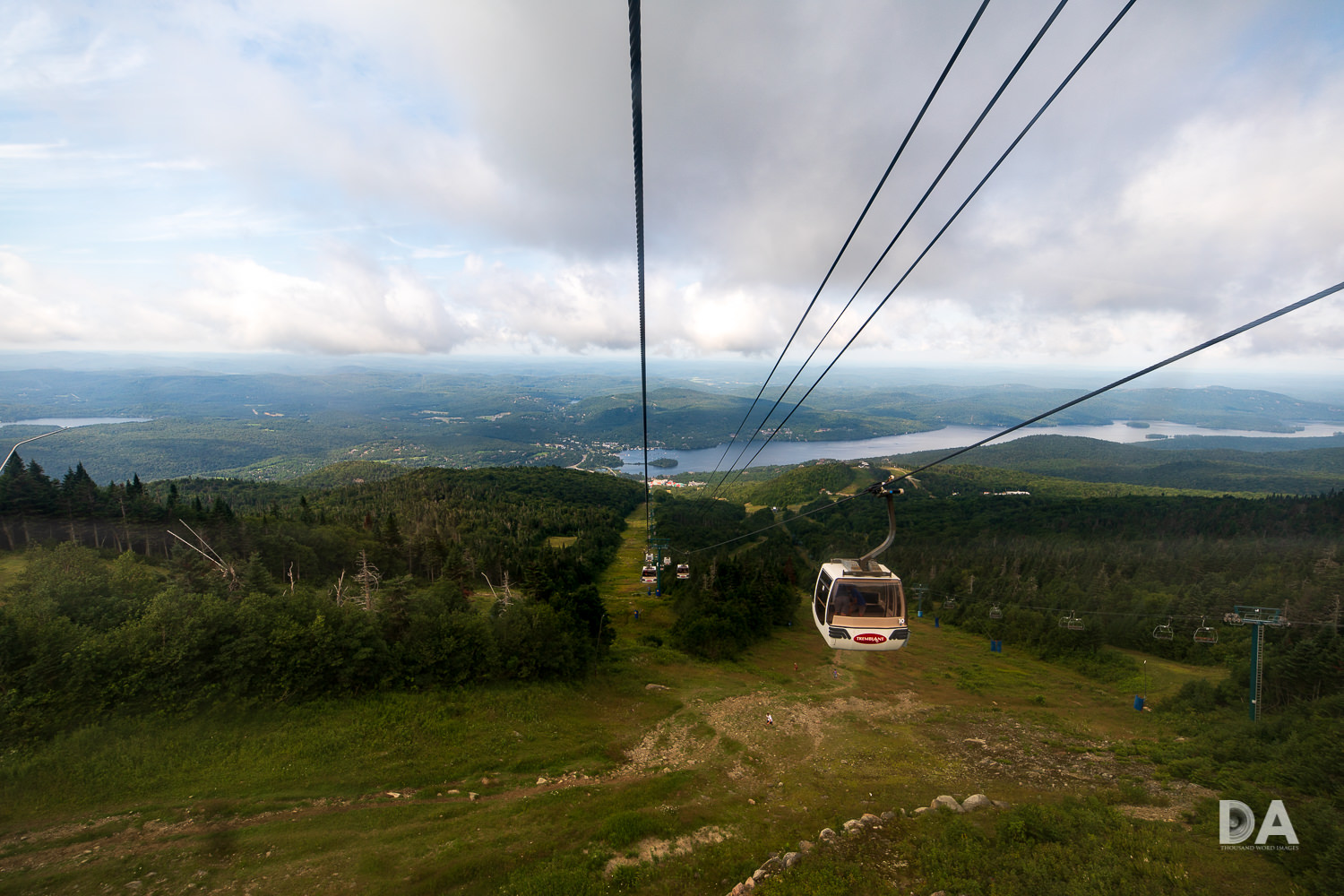
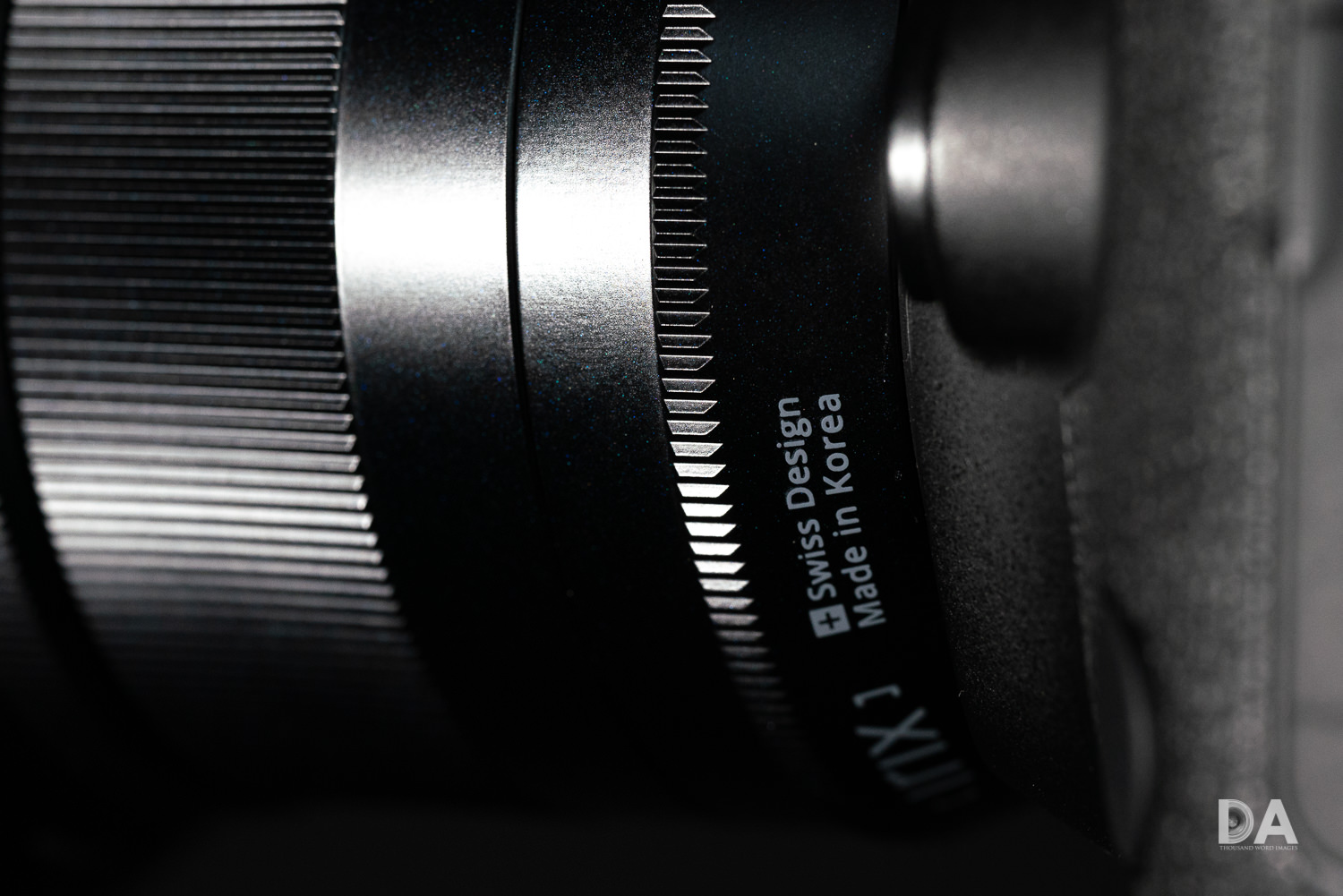
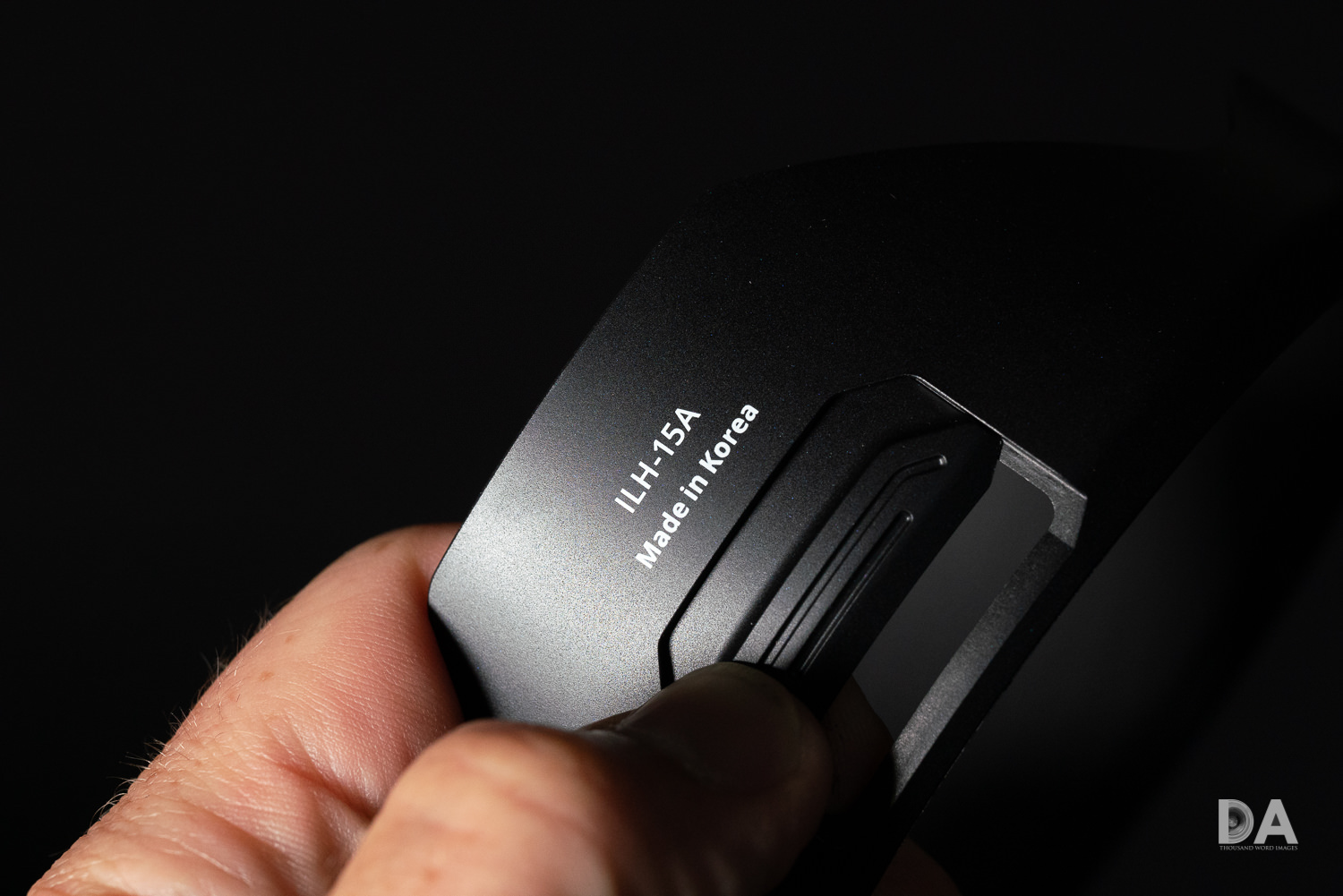
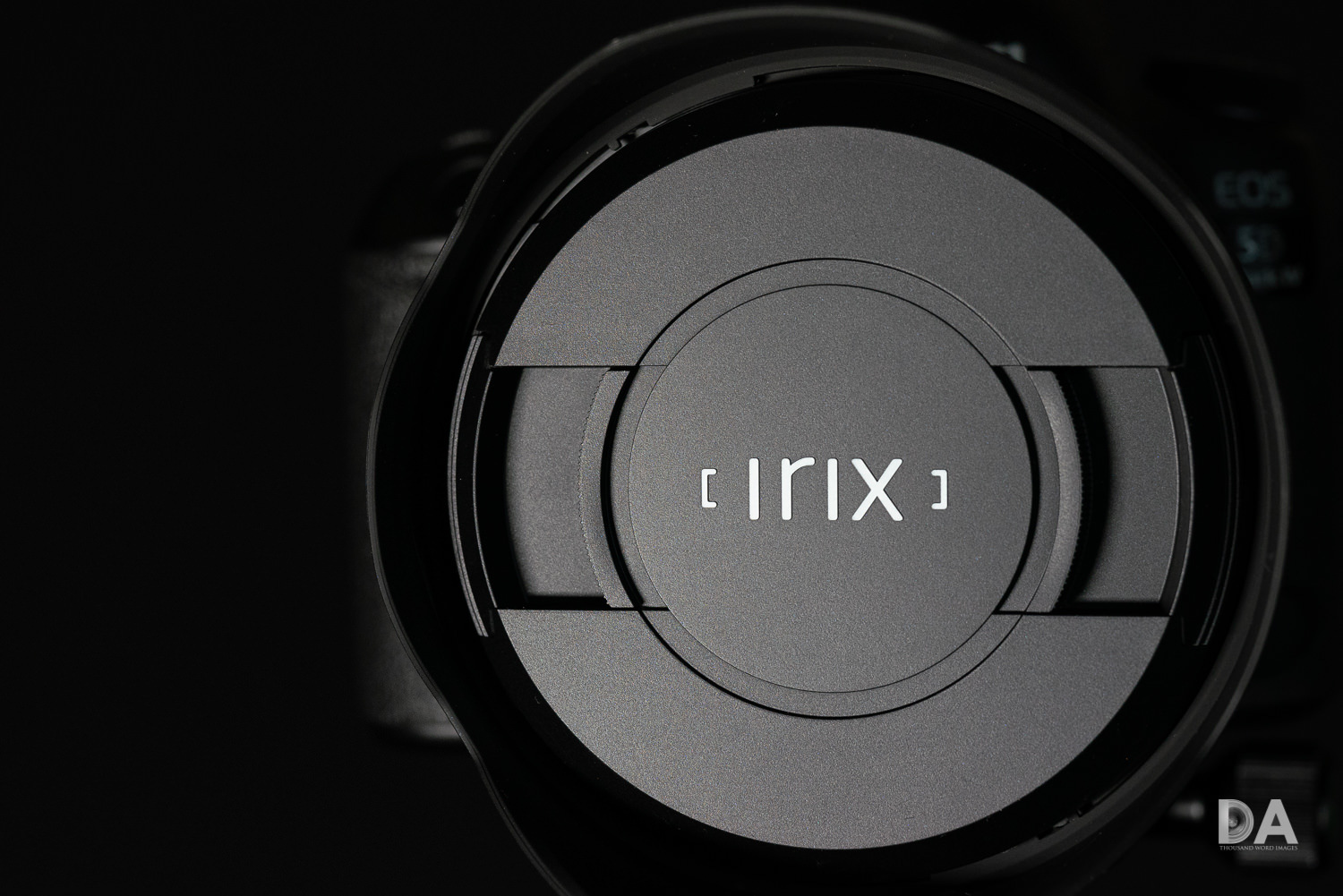
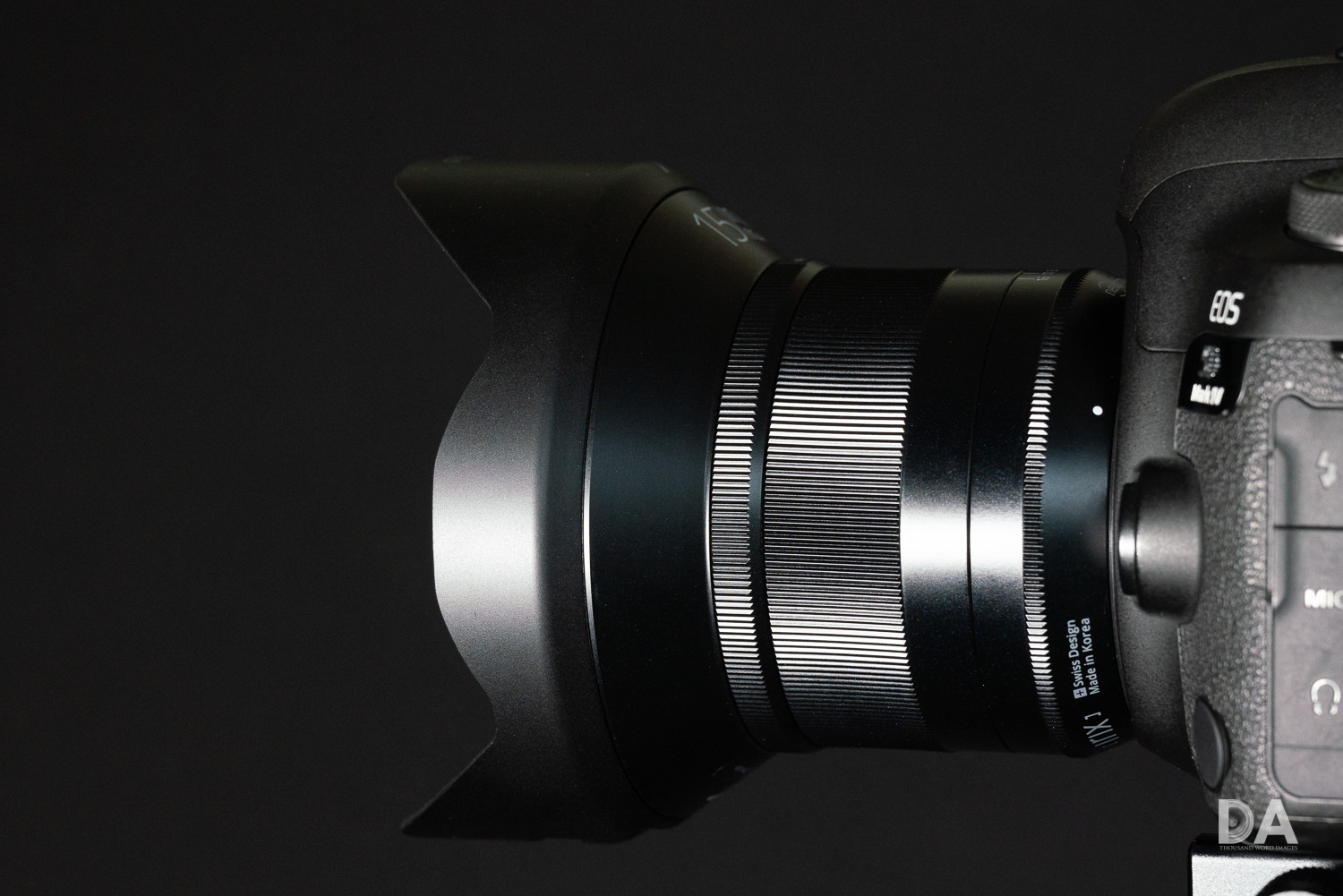
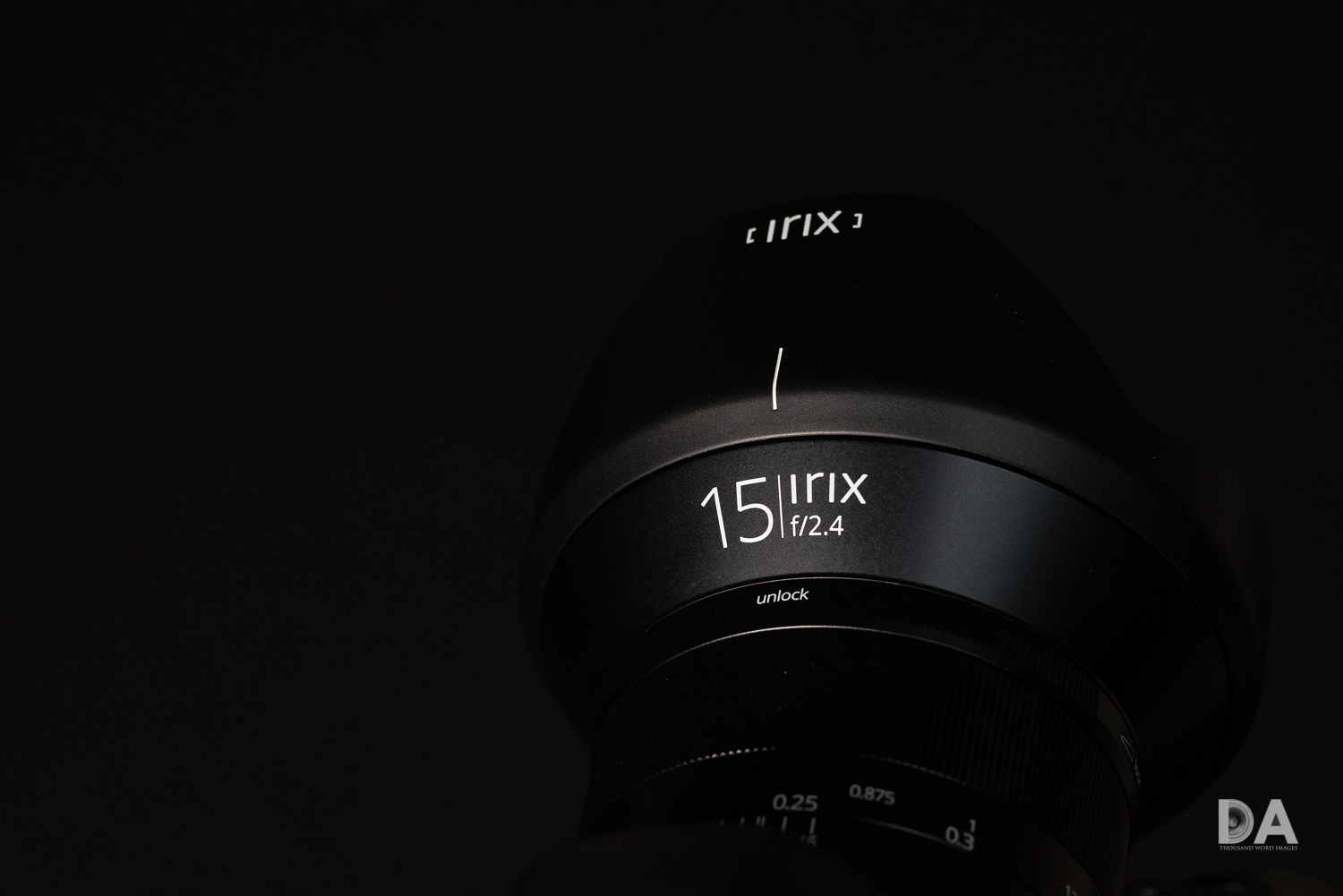
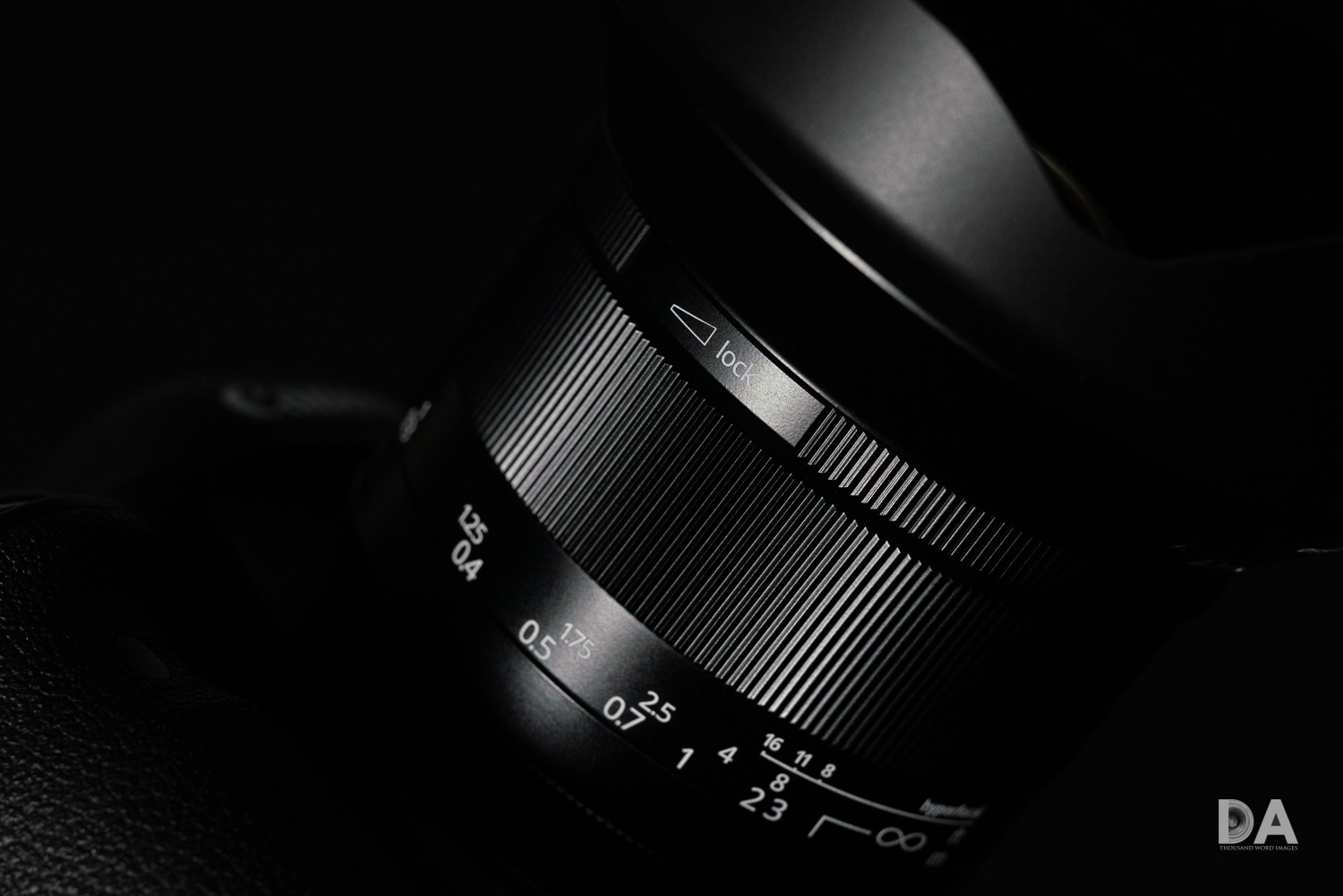
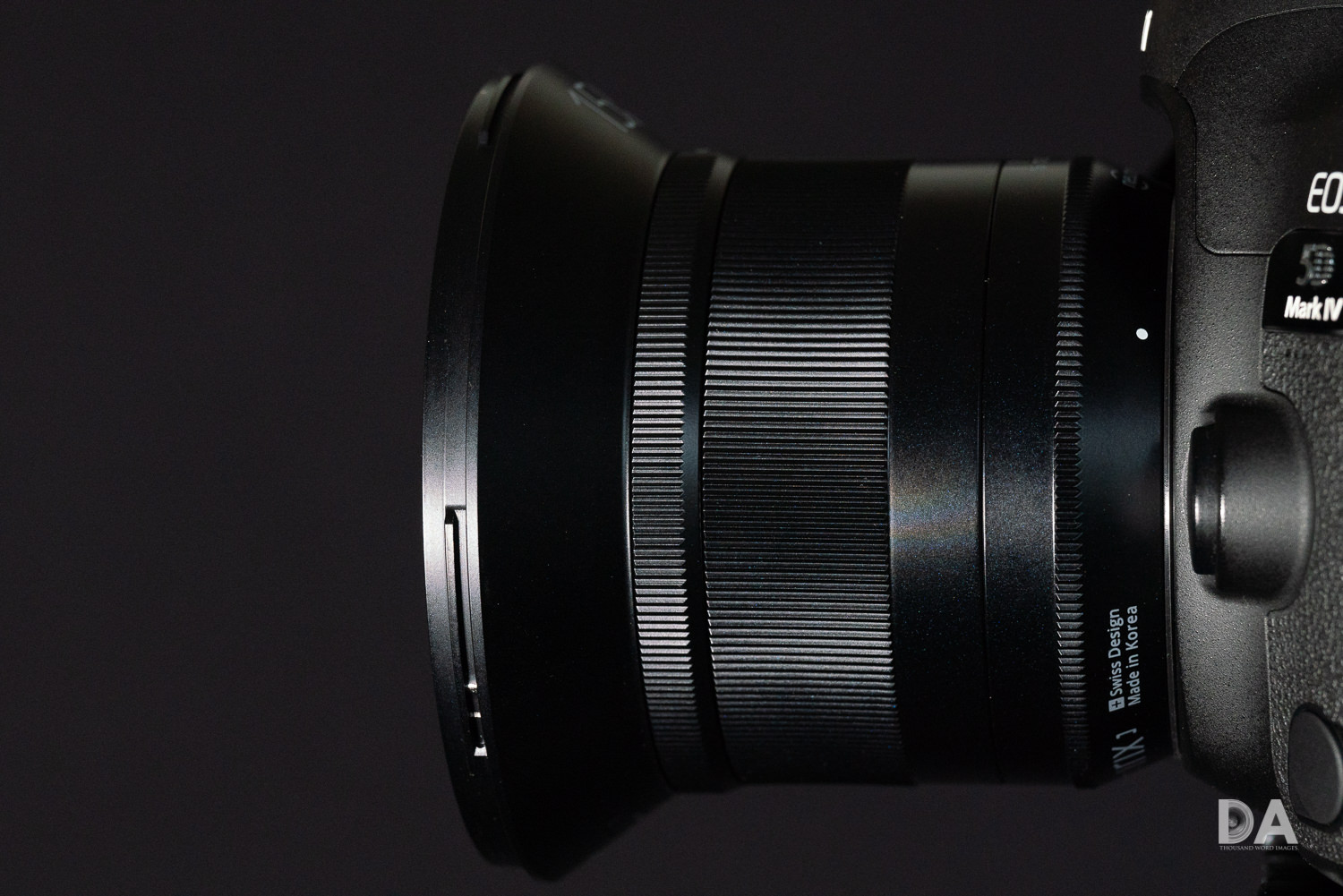
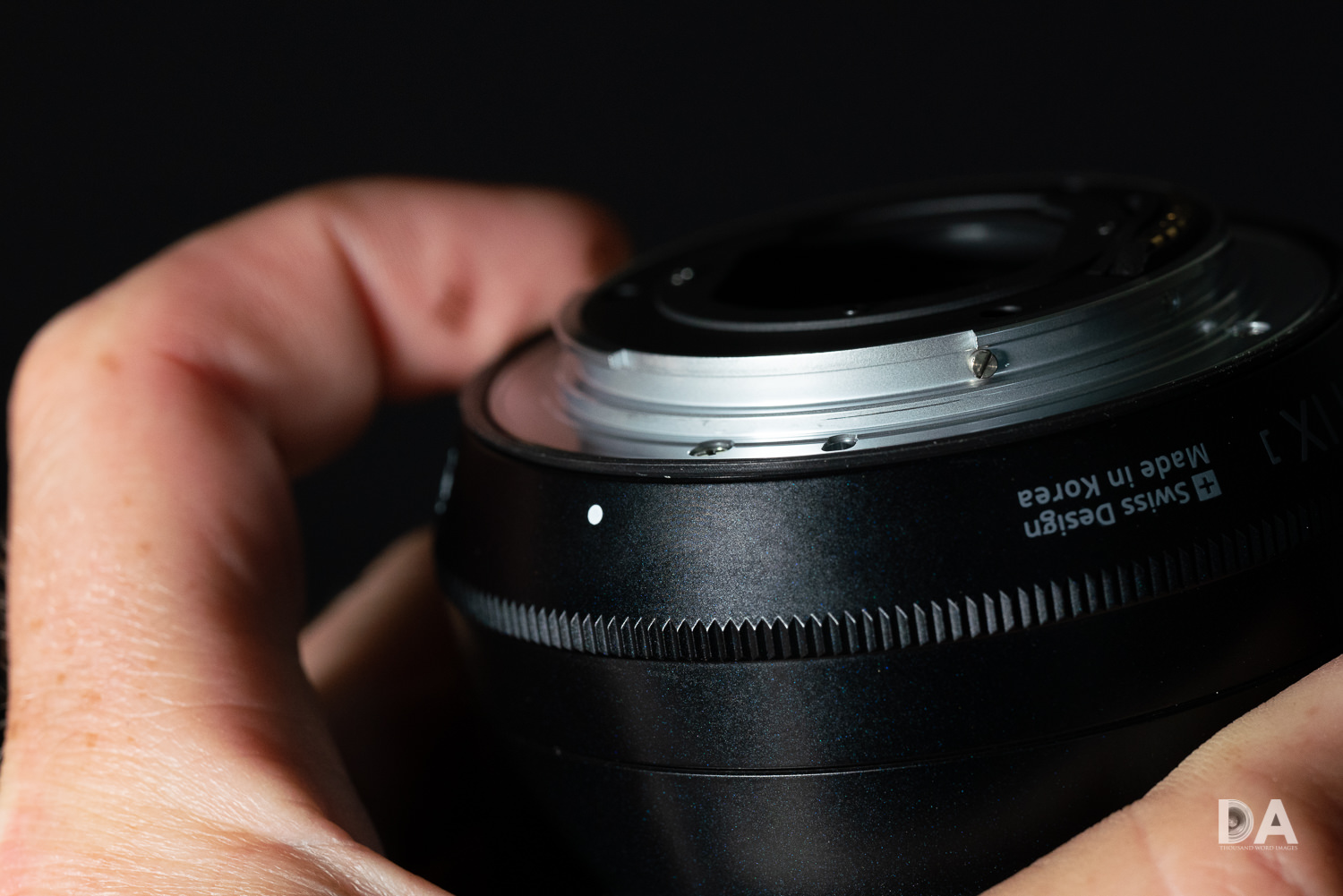
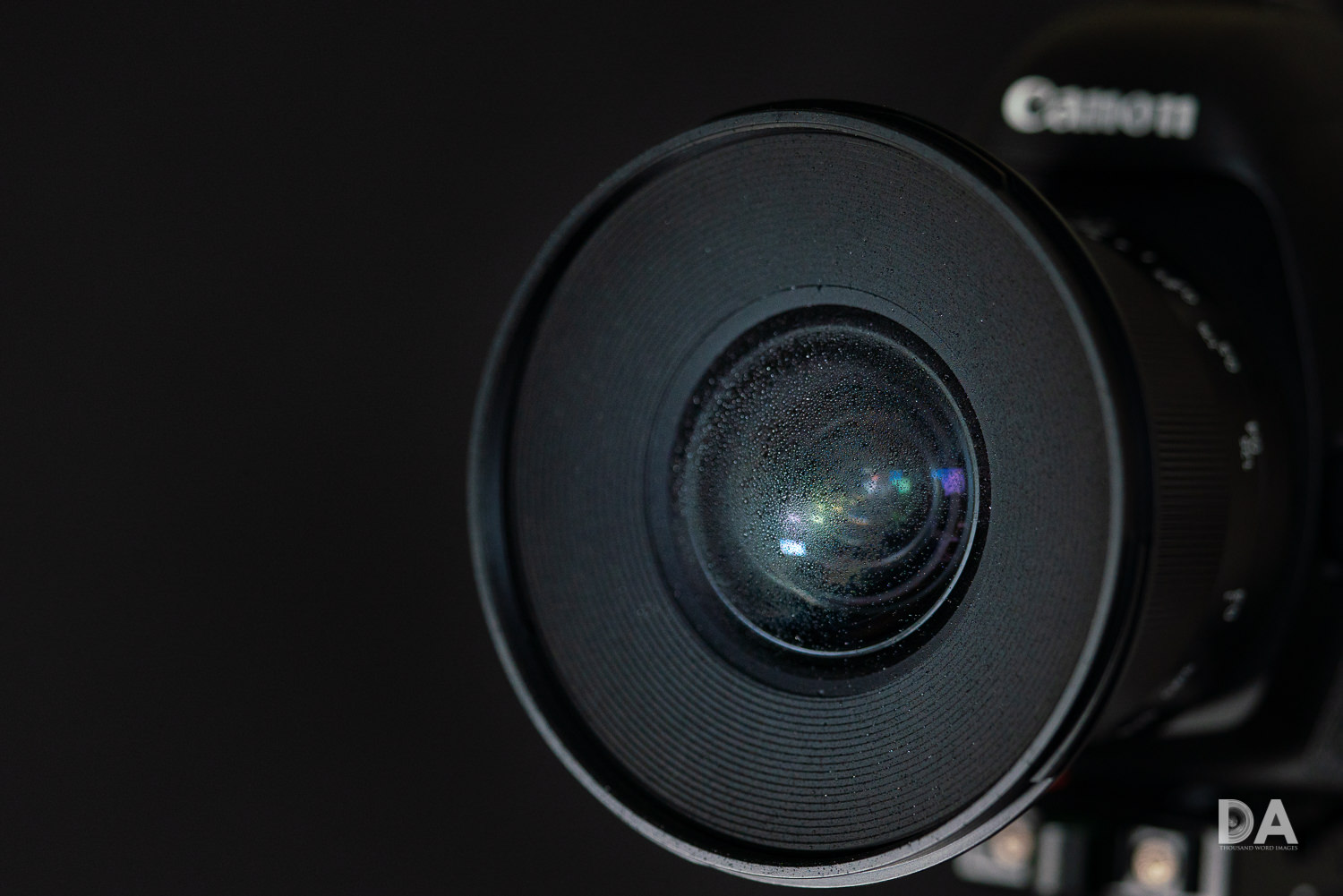
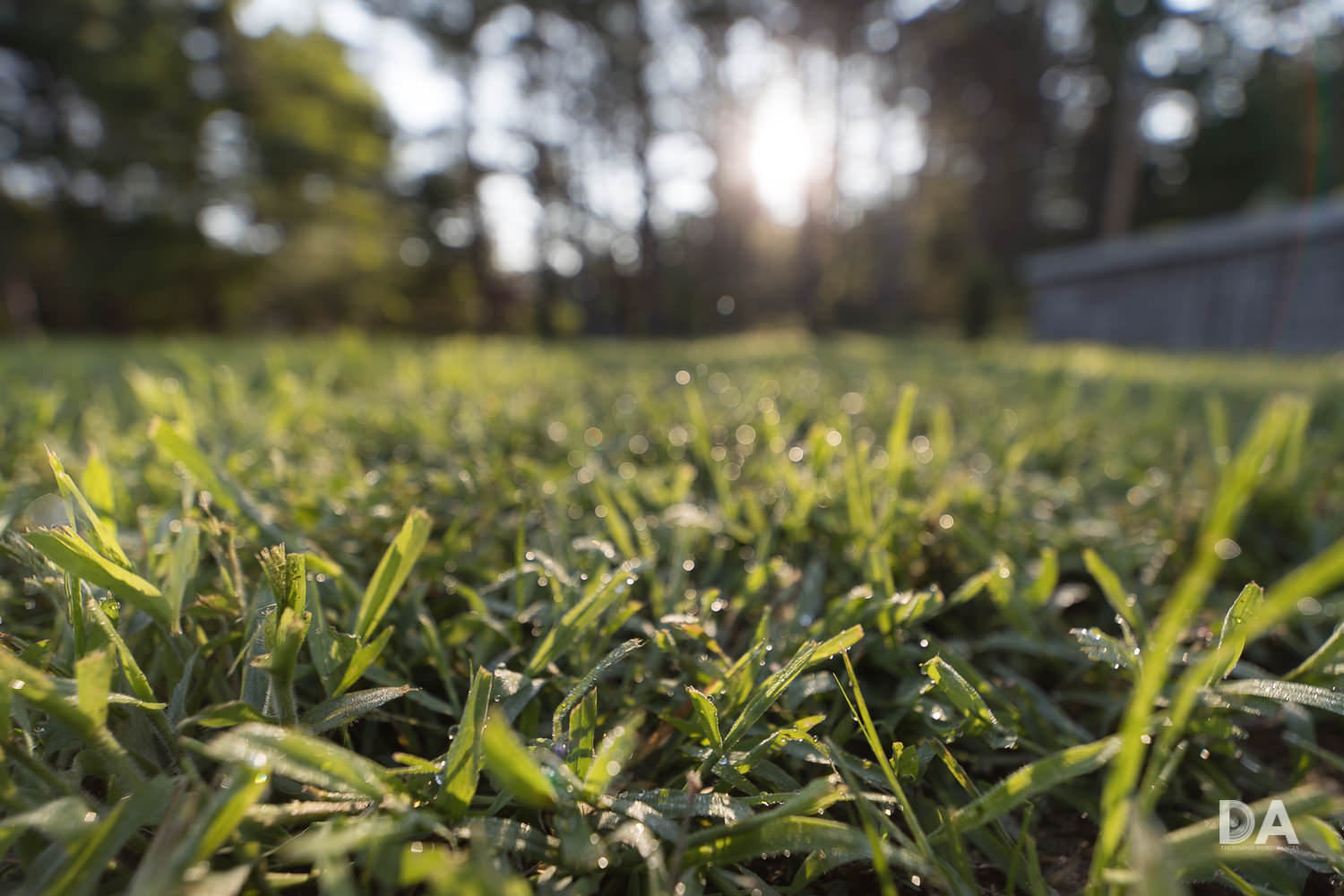

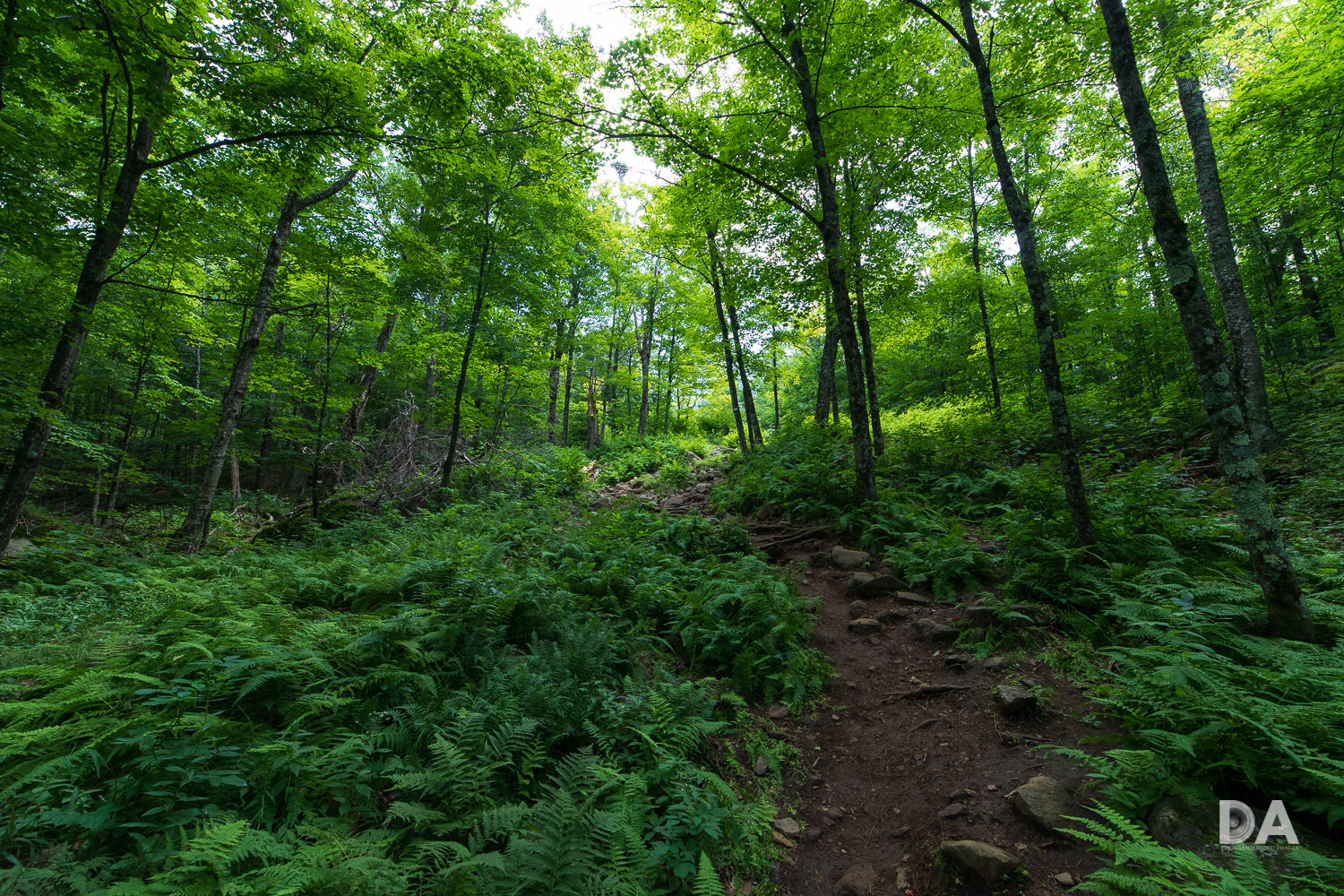
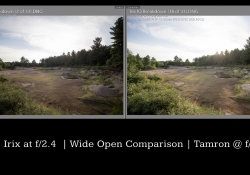
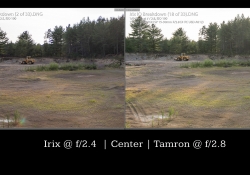
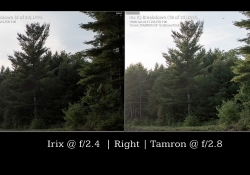
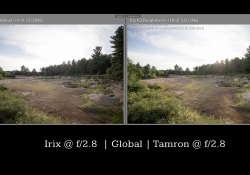
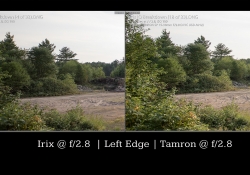
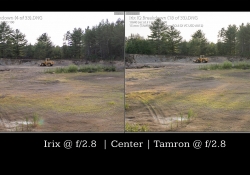
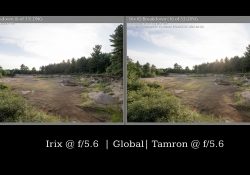
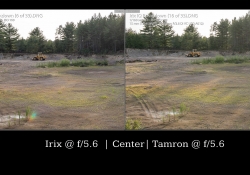
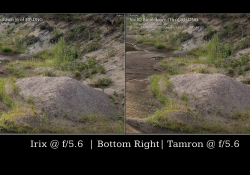







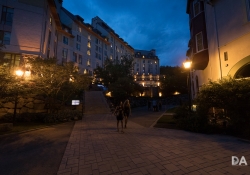

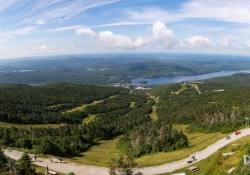


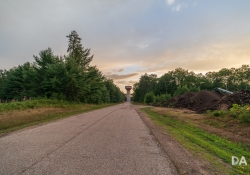
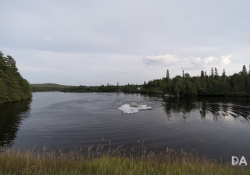
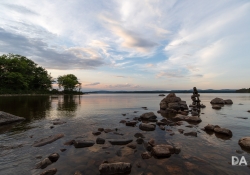


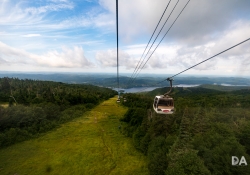
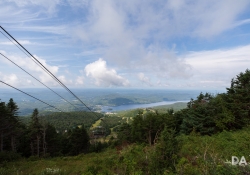

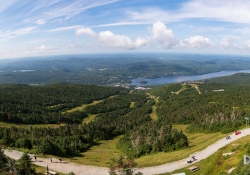


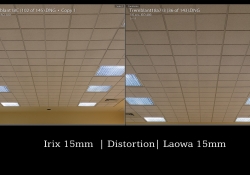


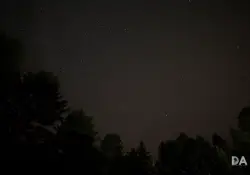
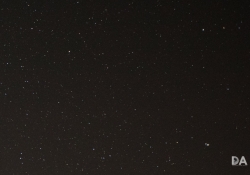
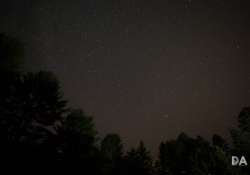


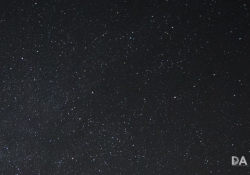
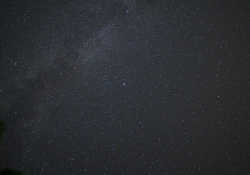
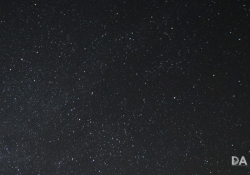
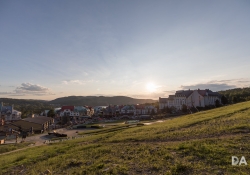
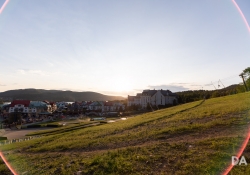
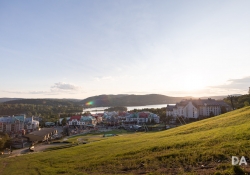
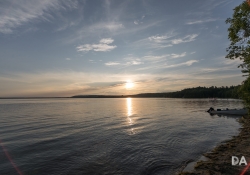
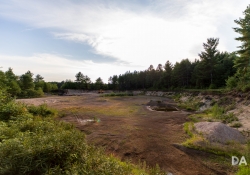
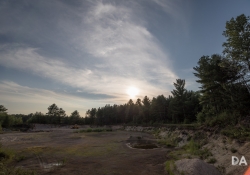
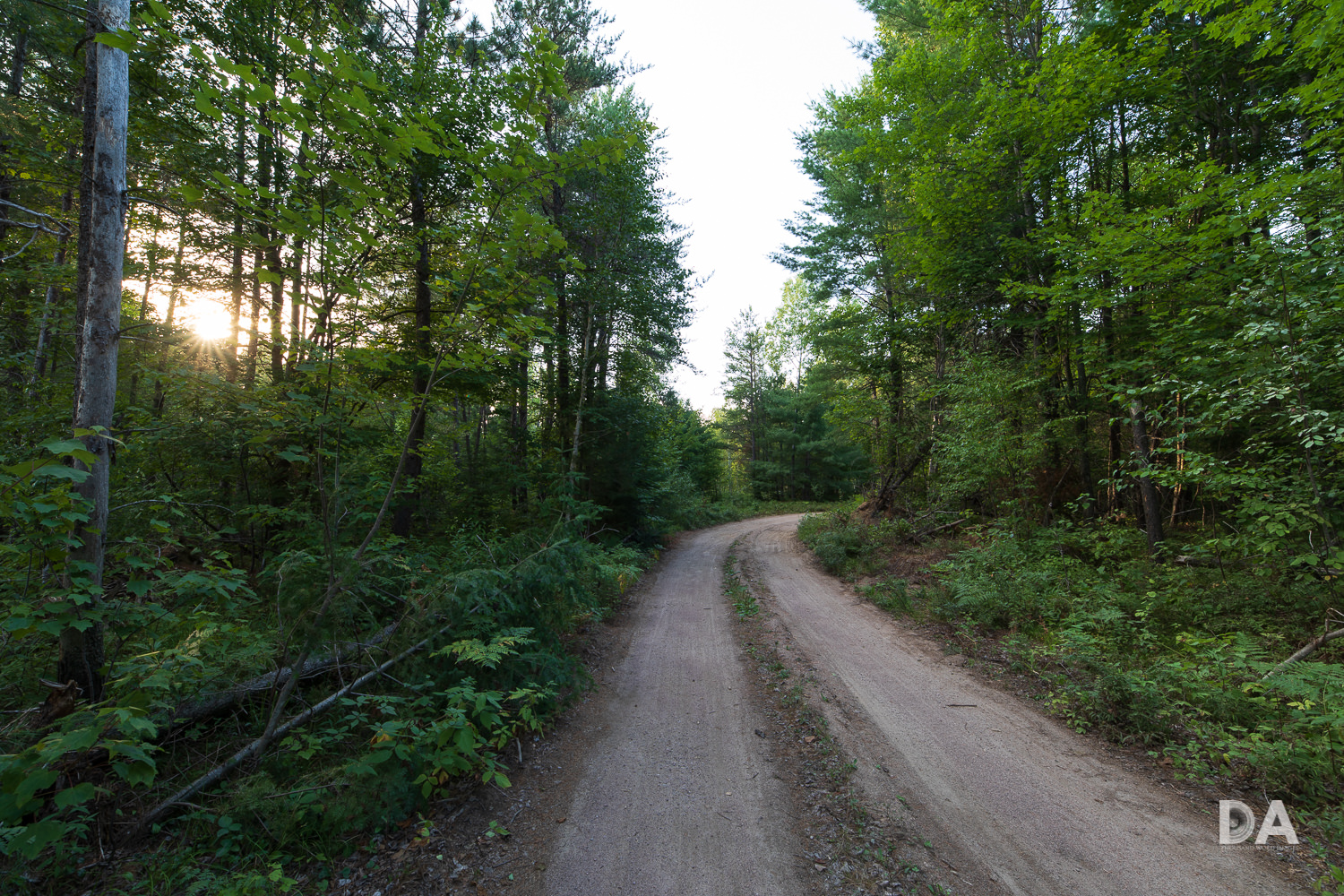
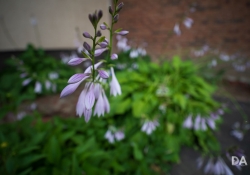

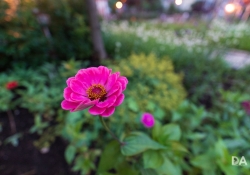

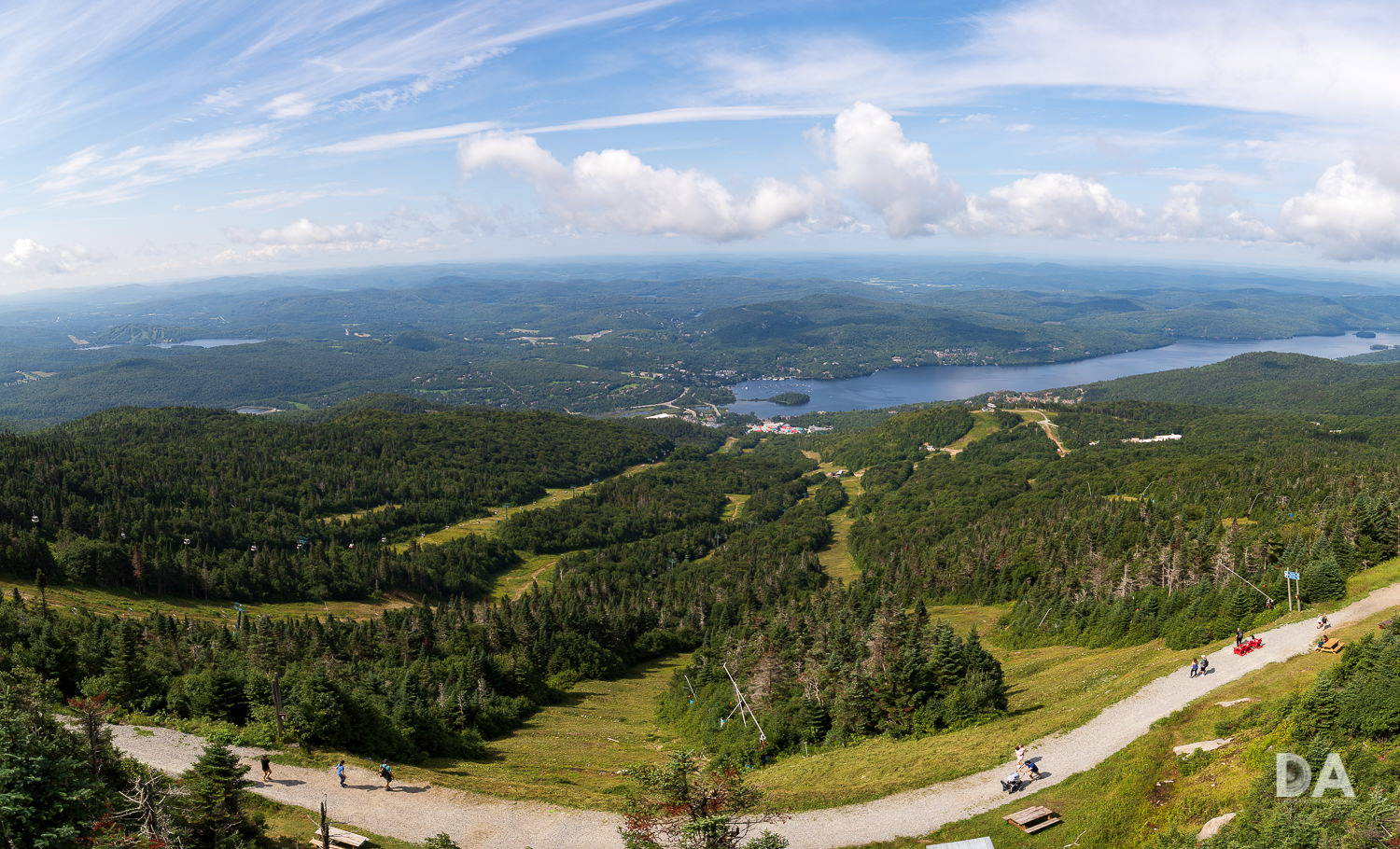

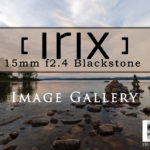





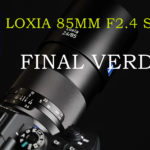



[…] this case, I’m actually reviewing the kit on the Irix 15mm f/2.4 Blackstone lens that I recently reviewed. The Irix lens is unusual in that it has a wide focal length (15mm), […]
[…] which requires electronic contact to the camera body to control. I had planned to use the Irix 15mm F2.4 Blackstone that I still had on hand from my previous review of it. I did use the Irix a bit, but I was limited to the wide open aperture setting of F2.4, […]
[…] wide angle lenses, including a super-wide-angle 11mm F4 lens along with a 15mm F2.4 that I reviewed last year. Their most recent lens release has set their sites in a different direction – a […]
[…] wide angle lenses, including a super-wide-angle 11mm F4 lens along with a 15mm F2.4 that I reviewed last year. Their most recent lens release has set their sites in a different direction – a […]